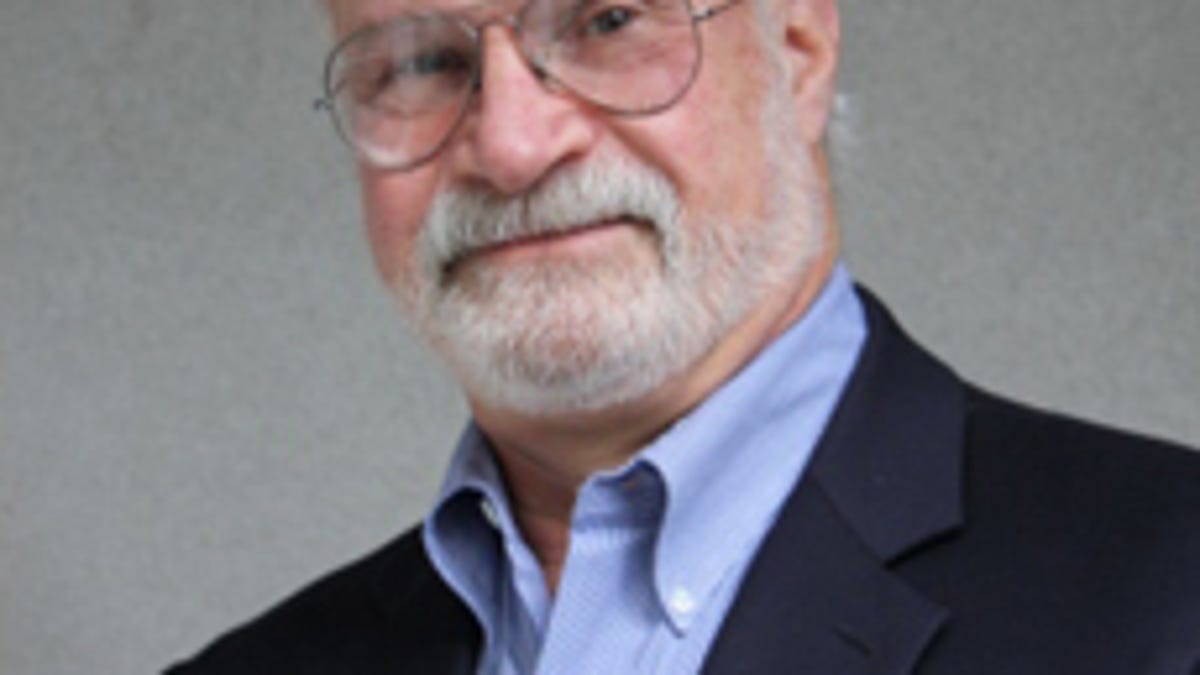Apple design expert calls Samsung a copycat
On the witness stand for Apple, an industrial designer says that Samsung is clearly infringing on multiple patents with its phones and tablets.

SAN JOSE, Calif. -- Apple is once again turning to designers to help make its case that Samsung lifted its smartphone and tablet designs, this time going to a company outsider to prove its point.
In testimony today, Peter Bressler -- a former president of the Industrial Designers Society and the founder and board chair of product design firm Bresslergroup -- said numerous Samsung designs infringed on Apple's patented designs.
"My opinion (is) that there are a number of Samsung phones and two Samsung tablets that are substantially the same as the design in those (Apple) patents," Bressler said.
As a result, Bressler suggested that consumers could confuse one of Samsung's devices with Apple's.
To back that point up, Bressler, the inventor or co-inventor on about 70 patents, went through how nearly a dozen Samsung devices were similar to Apple's. That includes Samsung's first-- and second-generation Galaxy S devices, as well as the company's Galaxy tablets.
Bressler also attempted to gut Samsung's prior art defense, which cites a Japanese design patent issued to rival electronics firm Sharp in 2005. That device, which Samsung suggests looks like the iPhone, is unlike the ones depicted in Apple's patents since it has a curved, non-flat front, Bressler argued.
It's not the first time these design claims have been laid out in the case, which pits the tech competitors and business partners at one another. However, it is perhaps the deepest inspection made during the trial so far of what exactly Apple's design patents cover. In his own words, Bressler said one of the key issues at stake is that industrial designers see things differently than what he said were "normal" people.
"Industrial designers are trained to pay attention to a lot of the little details that work together to form the overall impression that the usual consumer would view," he said. "So (consumers) may see those details, but they tend to be somewhat subconscious to the overall view."
Despite those claims, Samsung's attorneys pushed Bressler on how well he really knew how customers shopped. That included getting him to admit that he hadn't witnessed any customers accidentally purchasing a product from either Apple or Samsung, believing it was from the other company, and instead was relying on information furnished by Apple about that from a Samsung-led study on Best Buy shoppers.
Samsung also attempted to raise questions about Bressler's understandings of design, asking him about numerous details from button designs on Android phones, to the angles, and bezels on accused Samsung devices. At one point during cross-examination, Bressler became audibly irritated at the questions
"You're asking me to compare peanut butter and turkey," Bressler said. When asked which device was which food item, he said "I'm getting frustrated by the level of detail you're asking me to analyze."
PDF: Bressler analysis Apple v. Samsung designs
Bressler is just one of several design specialists Apple is calling on to make its argument, and told the court that the technology company was paying him $400 an hour for his services, which so far had resulted in $75,000 worth of work. Up after him, and also expected to testify, is Susan Kare, an early Apple employee and designer who may be best known for creating the original set of graphics on the Mac.
Earlier in the day, Samsung's top strategy officer, Justin Denison, was on the stand where he offered a sharply different interpretation, rebutting allegations that Samsung had "slavishly" copied Apple's own iPhones and iPads.
"I find it very offensive," Denison said. "At Samsung, we're very very proud of the products we produce, of all the hard work that goes into bringing those products to market."
"What we would like to be able to do is simply compete in the market, continue what we've been doing for the last 15 years in the market," he added.
But this is the crux of the dispute between the companies. In previous document dumps, for instance, Apple submitted evidence to buttress its claim that Samsung took its product design cues from the iPad and iPhone. (See the accompanying gallery put together by Apple below.)
In an earlier deposition, Bressler elaborated in detail on his conclusions. Based on his analysis of the designs used by both companies in their commercial products, he said that Samsung was not bound by function and indeed considered alternative designs which were different from the tablets it later released.
For example, one of the Samsung tablet models featured a wide, opaque frame on the front surface around the display screen. The fact that Samsung and other manufacturers have commercially released tablets with alternative, different-looking designs shows that Samsung had access to a variety of design options that would have provided equivalent or similar functionality for the end user. These alternative designs belie any suggestion that utilitarian or functional considerations dictated the design of the D'889 patent or of Samsung's Galaxy Tab 10.1.
Updated at 2:45 p.m. PT with additional information from the testimony.

